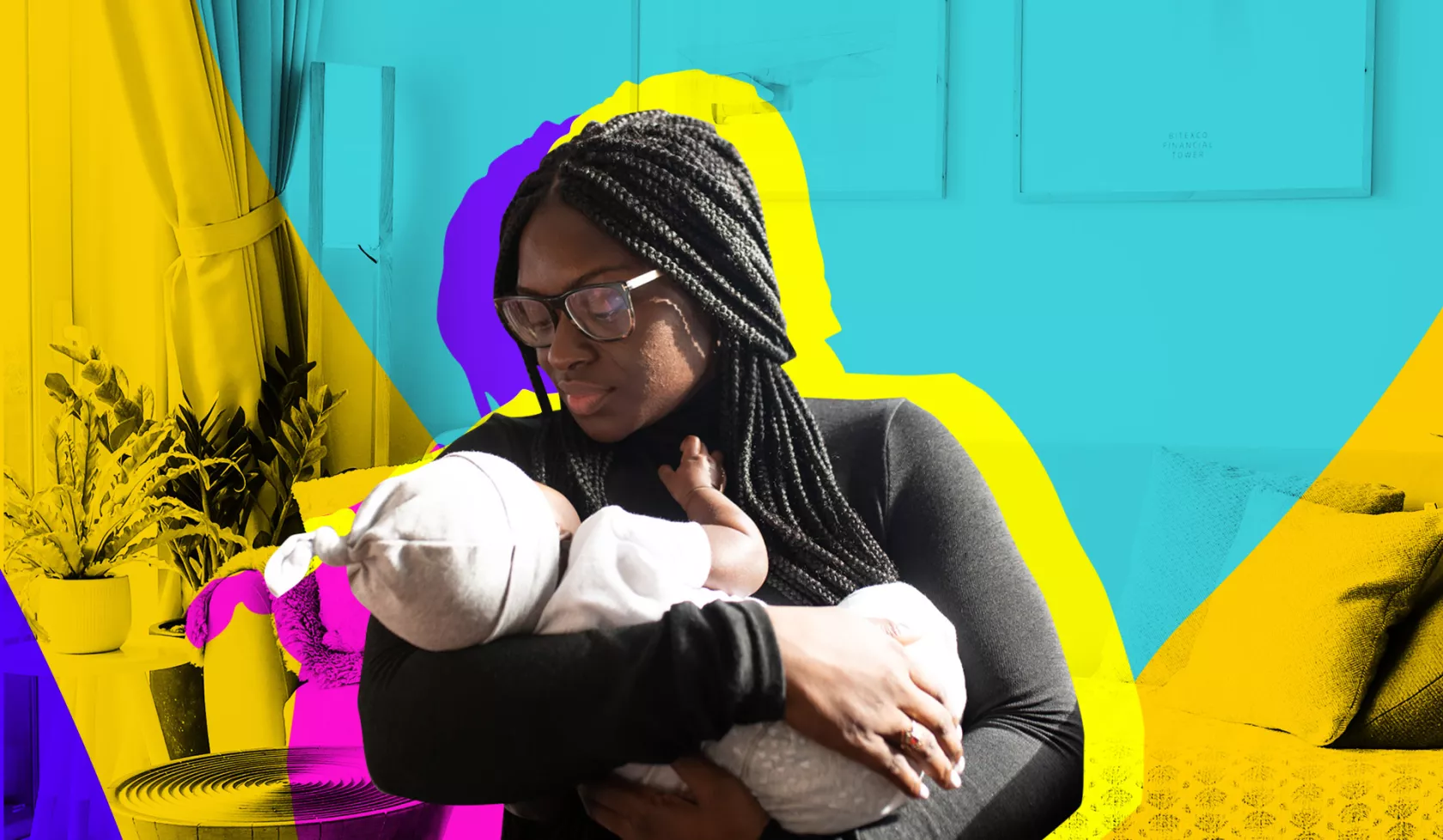
Baltimore Economic Inclusion Plan

Funded by Wells Fargo, the Baltimore Economic Inclusion Plan is one of three reports on cities that have faced social unrest in recent years due in part to community sense of economic exclusion. The other reports spotlight Charlotte, N.C. and St. Louis, Mo.
"Baltimore, home to the NAACP headquarters, has long been riddled with economic inequality and civil unrest," said NAACP President & CEO Derrick Johnson. "These depictions only paint one side of the picture. On the other side is a veil of systematic racism and economic suppression that covers large areas of the city. With our Economic Inclusion Plan, we're providing federal, state and local government officials concrete recommendations on how to resolve issues pertaining to housing, jobs and education in these Black communities."
The Economic Inclusion Plan (EIP) will be a resource for community residents, elected officials and stakeholders to alleviate systematic, government-sanctioned racial discrimination through beneficial economic policy and programmatic solutions.
Stark economic contrasts, many of which the report shows emerged from racist policies that promoted and reinforced segregation and access to resources, continue to mark Baltimore as we move deeper in the 21st century. The Baltimore report found that unemployment rates for Blacks in Baltimore was 13.1% – almost quadruple that of the white unemployment rate of 3.4% in the city -and that less than 5 percent of the Black-owned businesses in the city have employees.
Recommendations for Baltimore include comprehensive plans for addressing concentrated poverty and racial isolation, support for transferring vacant lands to community land trusts and training residents on the business of vacant home renovations, as well as a government backed crackdown on the discriminatory and predatory lending practices that deter opportunities for minority home ownership.
Read the full plan below.